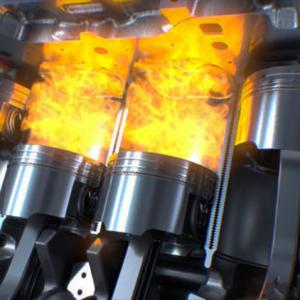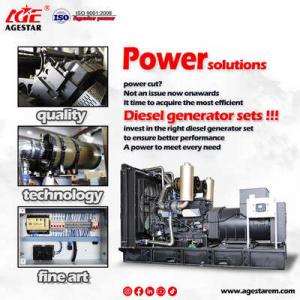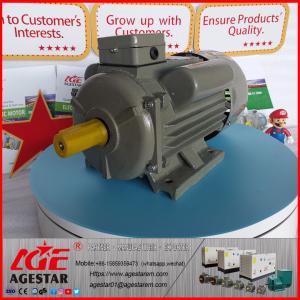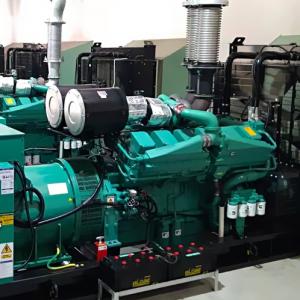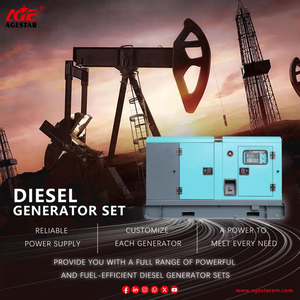Measuring specification for generator stator and rotor air gap
Abstract: The stator-rotor air gap is an important parameter of a generator, which can provide an effective reference for mechanical structure design and generator operation. The air gap is a rotationally active space formed between the rotor and the stator, which is defined by the specifications that define the performance of the generator and the mechanical structural equipment. According to different parameters such as rotor and stator materials, structure and size used in the design and manufacturing process of the generator, a reasonable manufacturing process can be adopted to make the stator and rotor air gap meet the standard required by the generator design.

Schematic diagram of adjustable air gap in axial field generator
I. The formulation process of the stator and rotor air gap
1. Design of rotor, stator, support and positioning parts;
2. Evaluate the generator performance by measuring the stator and rotor air gap;
3. Adjust the stator-rotor air gap to ensure that it meets the design requirements of the generator.
II. Measuring method of stator and rotor air gap
1. Measure the stator and rotor air gap with a micrometer:
It is very simple to measure the stator-rotor air gap with a micrometer. Just place the micrometer between the stator and the rotor to accurately measure the size of the stator-rotor air gap.
2. Measure the stator and rotor air gap with a steel ruler:
The accuracy of measuring the stator-rotor air gap with a steel ruler is higher than that of a micrometer, which can help determine the precise value of the stator-rotor air gap.
3. Measure the stator and rotor air gap with the electronic cursor:
The accuracy of measuring the stator and rotor air gap with electronic vernier can reach 0.01mm, which is unmatched by micrometer and steel ruler. It can accurately measure the size of the stator and rotor air gap, so it is the best choice for generator stator and rotor air gap measurement.
III. Adjustment method of stator and rotor air gap
1. Reduce the outer diameter of the rotor:
Increasing the outer diameter of the rotor can reduce the stator-rotor air gap, which is an effective and convenient adjustment method.
2. Increase rotor diameter:
Increasing the rotor diameter can also reduce the stator-rotor air gap, but due to its complexity, this adjustment method is rarely used.
3. Using special materials and design techniques:
Using special materials and design techniques, the stator-rotor air gap can be reduced, thereby improving generator performance.
XI. the control requirements of the stator and rotor air gap
The stator-rotor air gap is an important parameter in generator design, and it is subject to extremely high requirements. The control requirements of the stator and rotor air gap mainly include the following points:
1. It is required that the accuracy of the stator and rotor air gap must meet the design requirements;
2. It is required that the stator and rotor air gap must be stable and reliable;
3. It is required that the noise caused by the air gap must be less than the design value;
4. It is required that during the working process, the air gap should not be disturbed by the outside world;
5. It is required that the stator-rotor air gap should not damage the mechanical structure of the generator.
The air gap of generator stator and rotor is the key to the design and manufacture of generators. Only by controlling the accuracy of the stator and rotor air gap during the design and manufacturing process can the normal operation of the generator be ensured.
